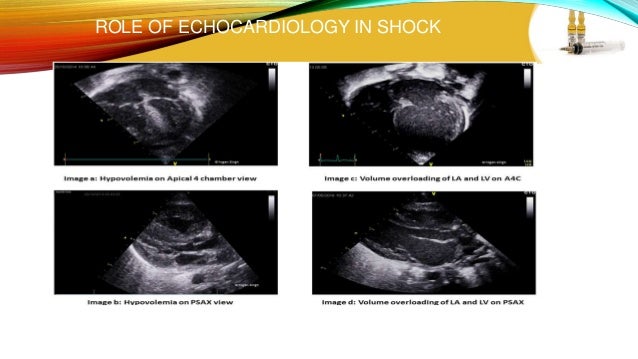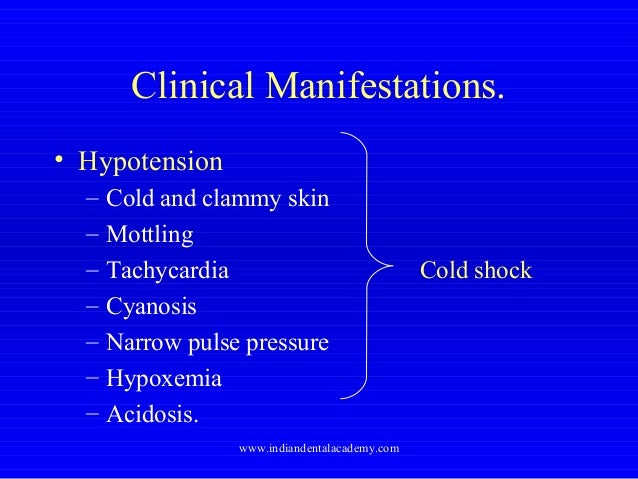

Pulse pressure = stroke volume / complianceĪ fall or rise in stroke volume at a given level of arterial compliance will therefore also affect pulse pressure. The relation between arterial compliance, stroke volume and pulse pressure is: This may eventually result in an impaired capacity to generate the previously maintained stroke volume and hence an adequate pulse pressure. In addition to the vascular consequences of elevated systolic pressure there is an increase in left ventricular afterload which may contribute to impaired left ventricular function. 3 Experimentally enhanced pressure cycles have been shown to lead to accelerated vascular damage raising the possibility of a cyclical cause and effect whereby a stiffened vessel leads to amplified pulse pressure and further vascular damage. The rise in systolic and pulse pressure may lead to further vascular damage and stiffness creating a deleterious feedback loop. The physiological consequences of stiffened large arteries may be related to both the rise in systolic blood pressure and the fall in diastolic blood pressure. (Pulse wave velocity refers to the transit time of the pressure wave, i.e. Measurement of pulse wave velocity (which increases with increased stiffness) has been proposed as a useful addition to risk assessment. A widened pulse pressure may be a marker for the extent of coronary disease. Increased arterial stiffness may thus be a surrogate marker for atherosclerotic vascular disease. In addition to ageing, atherosclerosis increases the stiffness of large arteries.

From middle age, a rise in pulse pressure is largely dependent on the degree of stiffness of the large arteries whereas in younger people it is largely a function of left ventricular stroke volume. A rise in mean pressure will therefore cause an increase in stiffness and a widening of pulse pressure. As the blood pressure rises the walls become stiffer. The acute response of large artery walls to increasing pressure is non-linear. This results in a rise in systolic blood pressure and a decrease in diastolic blood pressure therefore widening the pulse pressure. With ageing and certain diseases the large arteries become stiffer and progressively less able to provide the ‘buffer’ function. This limits the rise in systolic pressure and provides a supplemental pump to deliver blood flow during diastole. In healthy young people the wall is not stiff and therefore ‘buffers’ each left ventricular ejection. The magnitude of large artery compliance is a function of arterial geometry (mainly diameter) and the properties of the arterial wall, predominantly wall stiffness. The degree of their distensibility varies throughout the circulation being highest in the proximal aorta which therefore has the greatest compliance in the arterial circulation. The compliance of the arterial circulation is defined as the increase in contained volume in response to pressure increase and results from the fact that arteries are distensible. The magnitude and clinical significance of wave reflection is a topic of some uncertainty. This is where the forward-travelling pressure wave is reflected back to the heart, particularly at points where the arterial circulation becomes narrowed. Pressure waves travelling from the heart to the periphery may be subject to wave reflection. The magnitude of the pulsatile component of the systemic arterial pressure largely results from the interaction between left ventricular stroke volume and the compliance of the arterial system, with possibly some additional contribution from wave reflection.

The mean arterial pressure is determined by cardiac output and peripheral vascular resistance, while the pulse pressure is the difference between the systolic and diastolic blood pressures. As the pump is pulsatile, a haemodynamic description of the systemic circulation may be considered in terms of mean and pulse pressure. The systemic arterial circulation consists of a pulsatile pump, the left ventricle, and a distributive arterial network comprising the aorta, large arteries and the microcirculation.


 0 kommentar(er)
0 kommentar(er)
